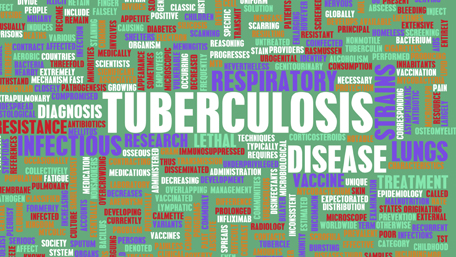
AMD Projects: Improving TB Detection and Surveillance
Using whole genome sequencing to transform tuberculosis outbreak detection and surveillance
Outbreaks of Mycobacterium tuberculosis (TB) continue to be a challenge in the United States. Public health professionals use laboratory methods, such as genotyping, to determine when people get TB from the same strain of bacteria. Genotyping can help scientists pinpoint outbreaks that otherwise might be hidden. Since TB that spreads from one person to another will have the same genetic make-up, scientists can isolate bacteria from different people in the laboratory and compare the genetic sequences to find cases caused by the same strain of the bacteria.
But this tool also can mistakenly indicate an outbreak where there isn’t one, especially for genotypes that are common in the population. False matches can slow down the work of local public health professionals as they try to identify, track, and control a potential outbreak when this occurs. It also consumes resources without leading to an effective solution.
CDC scientists studying TB believe genomic surveillance has the power to increase the accuracy of outbreak detection systems. Whole genome sequencing (WGS) lets CDC scientists examine about 90% of the TB genome, allowing them to measure the genetic differences between isolates more easily. CDC expects that the data generated through genomic surveillance will provide more accurate information to public health officials.
Through the work of this project, CDC hopes to implement genomic surveillance at the national level and build the capacity of state laboratory professionals to conduct WGS for TB. In addition, this work has the potential to help local public health officials more precisely identify how the infection has spread and which locations are most important to field investigations in an outbreak. This will ensure interventions have the greatest impact and protect people’s health even better. At the same time, genomic surveillance will be more cost efficient by focusing investigations on cases that are truly linked.

































No hay comentarios:
Publicar un comentario